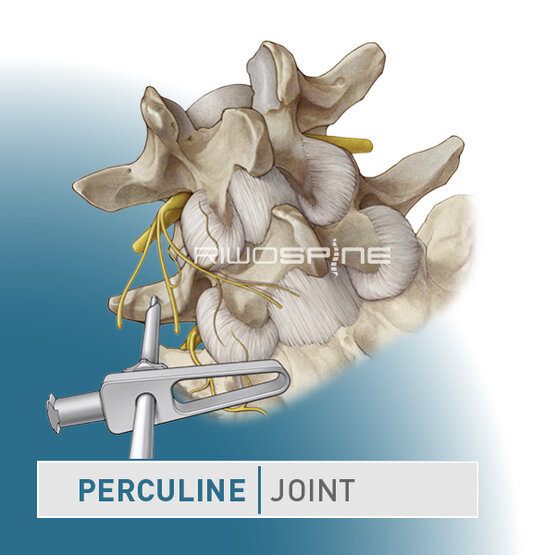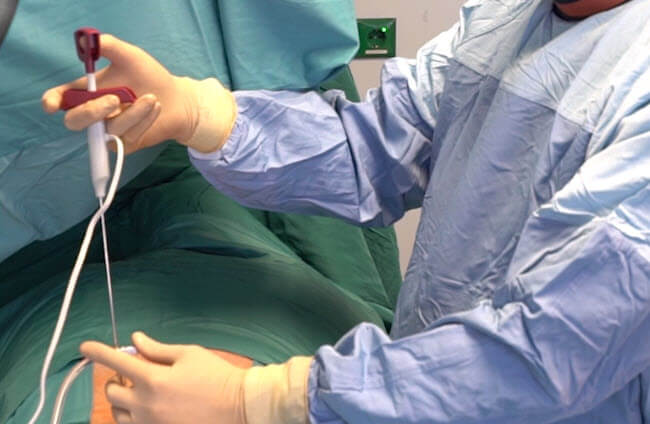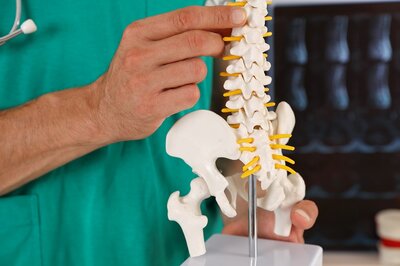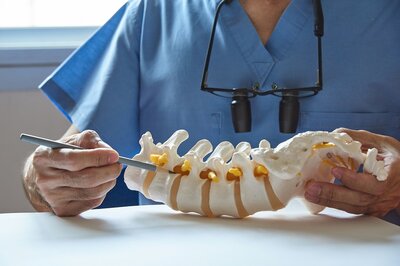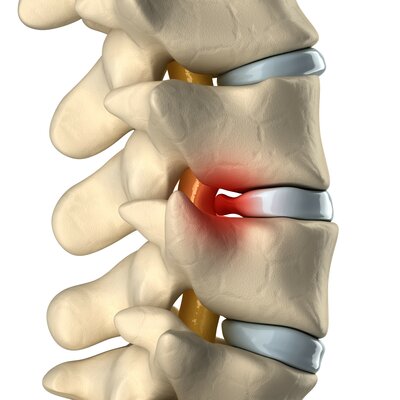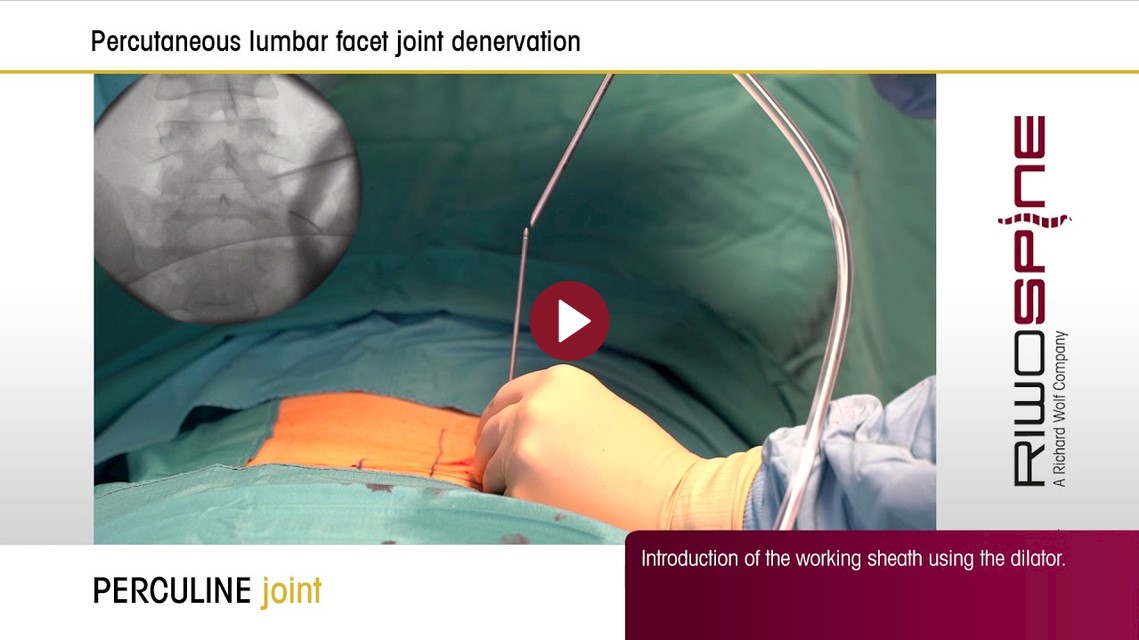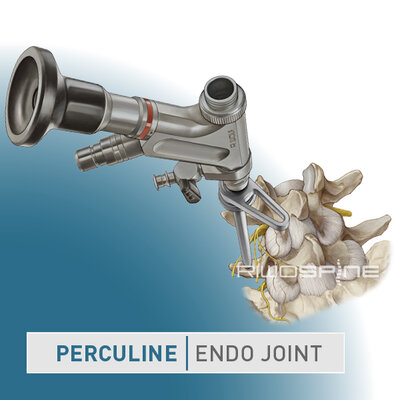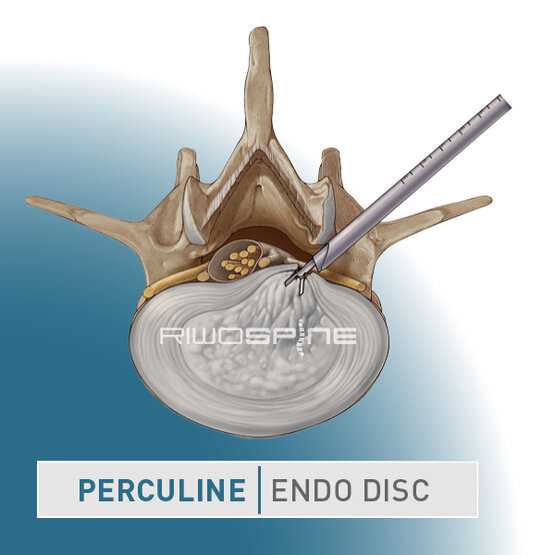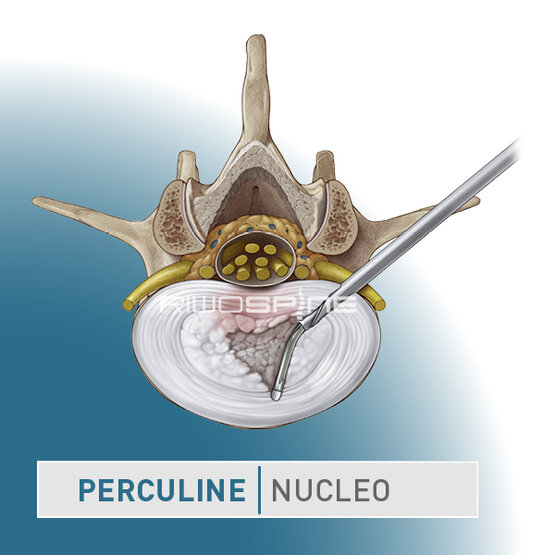PERCULINE joint
EMIG GmbH - Official distributor of medical equipment in the following regions of Europe and beyond:
- Meyer & Haake – Ukraine, Austria, Germany (Bavaria); RiwoSpine – Ukraine, Moldova, Estonia;
- Inomed – Ukraine, Moldova, Estonia; Fluoptics – Ukraine.
Denervation of the facet and sacroiliac joint.
Thermal denervation of the vertebral or sacroiliac joints involves interrupting the transmission of pain signals from the site of origin, i.e. the vertebral joints, to the brain by heating the pain fibers. In this way, local discomfort can be significantly reduced.
